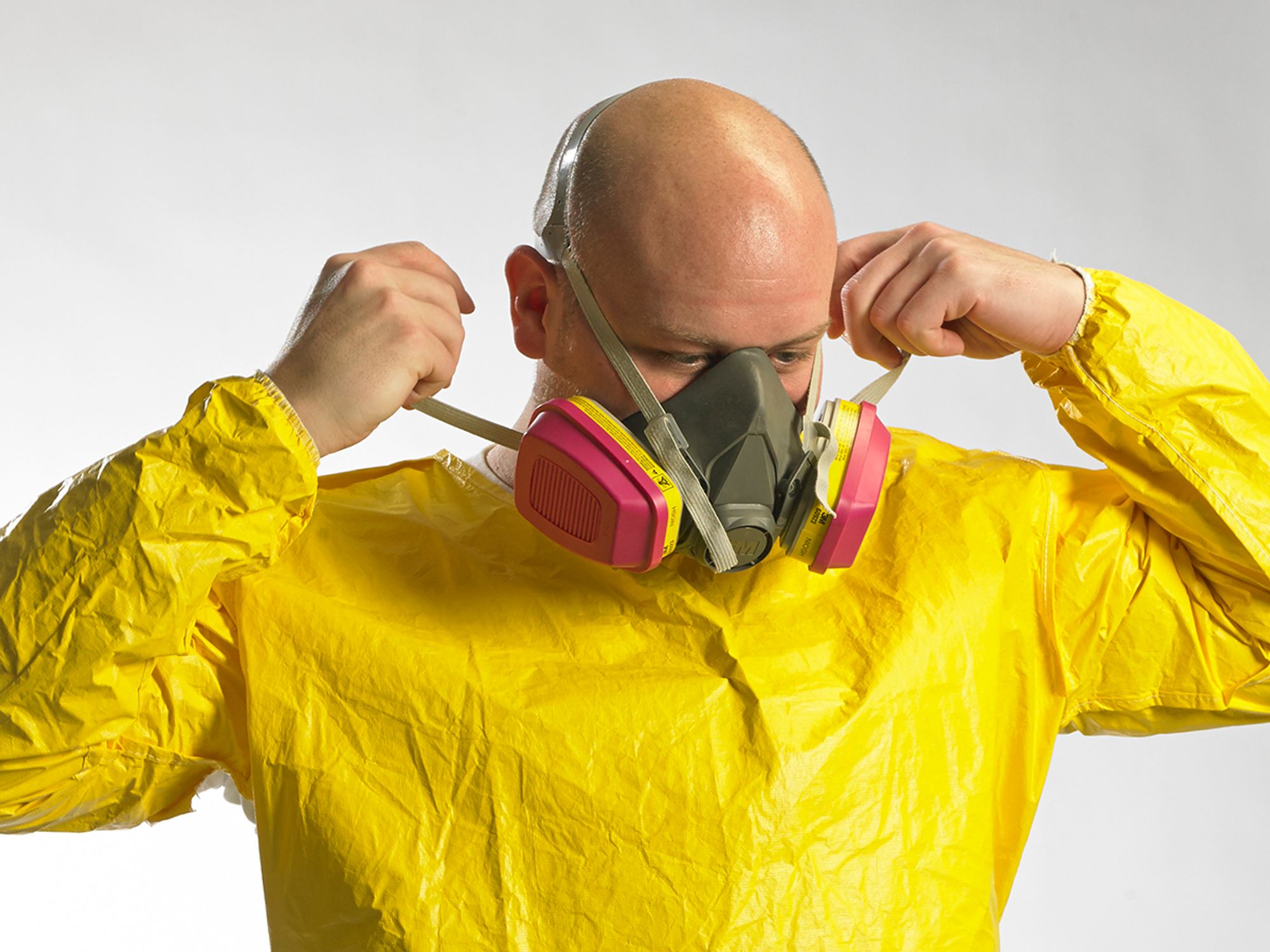Key definitions

- Key definitions for air contaminants may be found in this section.
Acceptable ceiling concentrations: The standard’s Table Z-2 sets acceptable ceiling concentrations for many substances. An employee’s exposure to these substances may not exceed at any time during an eight-hour shift the acceptable ceiling concentration limit given for the substance in the table.
Acceptable maximum peak above the acceptable ceiling concentration for an eight-hour shift: For some substances, the standard’s Table Z-2 allows an exception to the acceptable ceiling concentration requirements. An employee’s exposure may exceed a substance’s acceptable ceiling concentration if Table Z-2 lists an acceptable maximum peak above the acceptable ceiling concentration for an eight-hour shift. This maximum peak concentration is only allowed for the maximum duration as shown in the table.
Ceiling values: In the standard’s Table Z-1, some substances show a “C” in front of the chemical’s exposure limit. This means that an employee’s exposure may at no time exceed the substance’s exposure limit. If instantaneous monitoring is not feasible, then the ceiling is to be assessed as a 15-minute time-weighted average exposure that is not to be exceeded at any time during the working day.
Fumes: Tiny particles that become suspended in the air, especially during welding or cutting operations (e.g., zinc fumes).
Milligrams per cubic meter (mg/m3): The weight of the contaminant (in milligrams) in one cubic meter of air.
Millions of particles per cubic foot of air (Mppcf): A measurement used for mineral dusts. These exposure limit measurements are based on impinger samples counted by light-field techniques.
Mists: Tiny droplets of a liquid that has been atomized and dispersed into the air (e.g., paint sprays).
Parts per million (ppm): The number of equivalent parts of the contaminant per one million parts of air. For example, if the concentration of acetone is 50 ppm, there are 50 molecules of acetone per one million molecules of air.
Permissible Exposure Limits (PELs): Limits that establish the acceptable amount or concentration of a substance in the air in the workplace. They are intended to protect workers from adverse health effects related to hazardous chemical exposure.
Skin designation: If Table Z-1 shows an “X” in a substance’s entry in the column marked “skin designation,” that means the substance is able to absorb through the skin to contribute to an employee’s exposure.
Vapors: Created when volatile liquids evaporate into the air (e.g., gasoline vapor).
